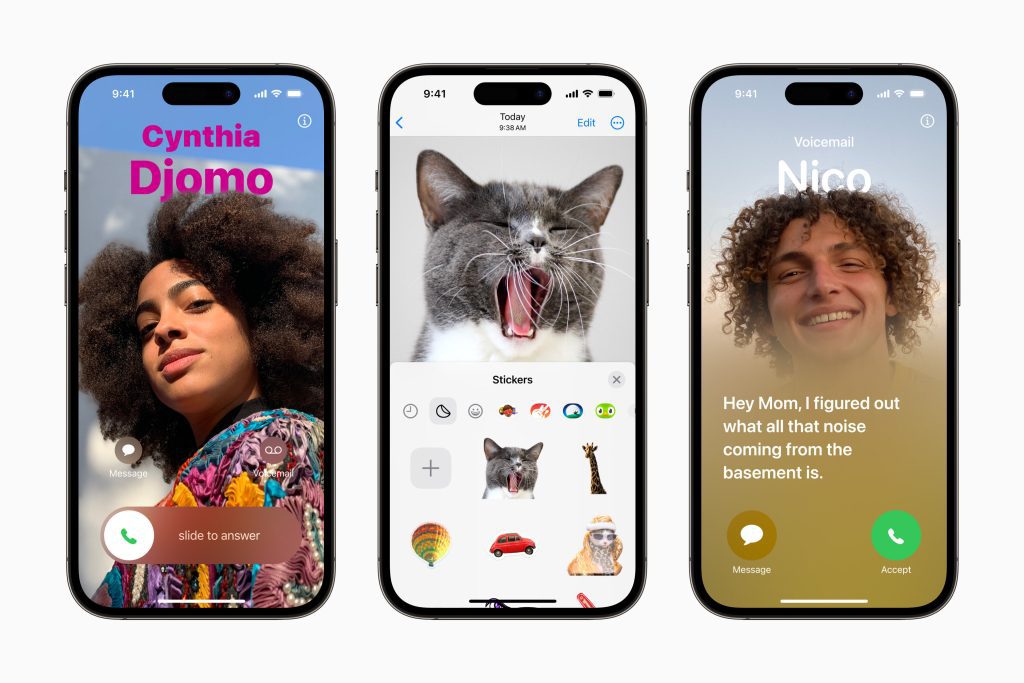Apple is expanding the use of Face ID with iOS 17 by protecting a user’s private browsing tabs in Safari with biometric authentication
The feature is similar to the Hidden photos album in the Photos app that Apple introduced as part of iOS 16 last year. Like that feature, users will be required to enter a passcode or use Face ID to access tabs in Private Browsing. Apple is also introducing a number of privacy-oriented features for Private Browsing. It now offers advanced tracking and fingerprinting protection, as well as disabling all installed extensions by default. iCloud Private Relay will also use country and time zone-specific IP addresses rather than relying on the user’s general location.
iOS 17 also introduces a new incoming calls interface, with Live Voicemail allowing users to see a real-time transcript of voicemails as they’re being recorded. Numerous iMessage enhancements are in tow, including text transcription of voice messages, a new interface for iMessage apps, and numerous improvements to groups. Users will also be able to leave a video or audio message when after missing a FaceTime call.

Widgets on iOS 17 are now interactive, meaning that users can interact with widgets without the need to open their respective apps. A new NameDrop feature allows quick contact sharing in addition to AirDrop enhancements. StandBy introduces a new horizontal interface that allows a locked iPhone to display glanceable information like calendar appointments, Live Activities, weather, and more.

More features and changes with iOS 17 will be uncovered as developers and public beta testers get to experience and go through the upcoming software throughout the summer. The first developer beta of iOS 17 is now available, with the public beta program launching later this summer.
iOS 17 will officially be available to all supported iPhones later this fall and will be undergoing beta testing with developers and public beta members throughout the summer.






